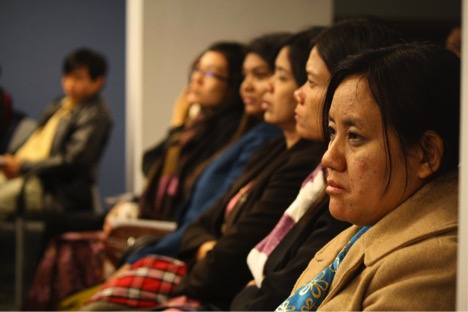
Women attend PISA’s 2014 Myanmar Advanced Leadership Institute on Climate Change (MALICC) in Washington, D.C.
By PISA Staff Assistant, Leeann Ji
As the world becomes increasingly intertwined through trade and politics, the international community has come together to address important global issues such as gender inequality. Every year on March 8 for International Women’s Day, the world commemorates the achievements of women in various disciplinary fields and occupations from around the world. While celebration stands at the forefront of International Women’s Day, this holiday also serves to bring to light issues that continue to face women today. Since the first International Women’s Day in 1909, women’s rights have progressed exponentially, but many communities around the world still have a ways to go.


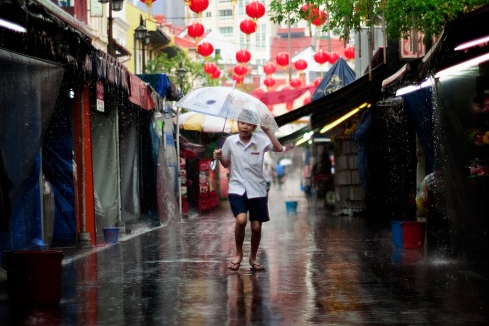
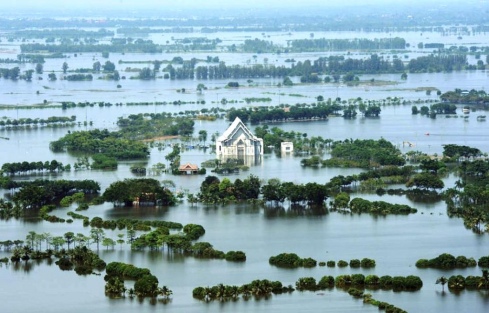
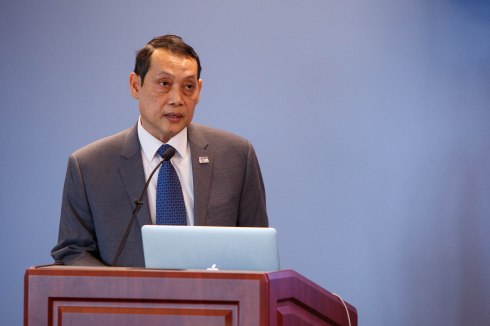
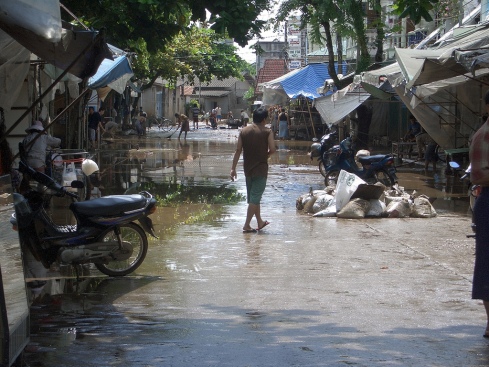


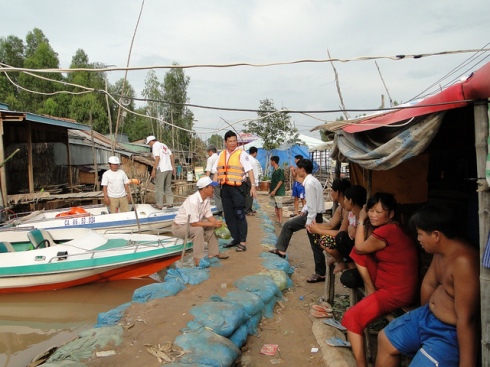
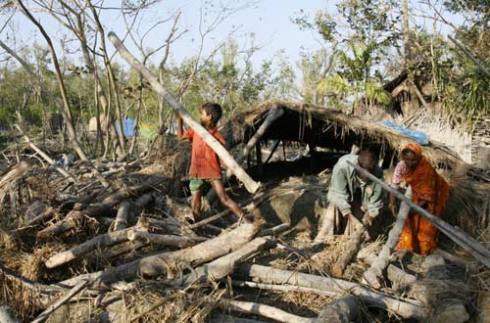


Latest Commentary